I remember riding at least one cable car during my San Francisco visit in 2006.
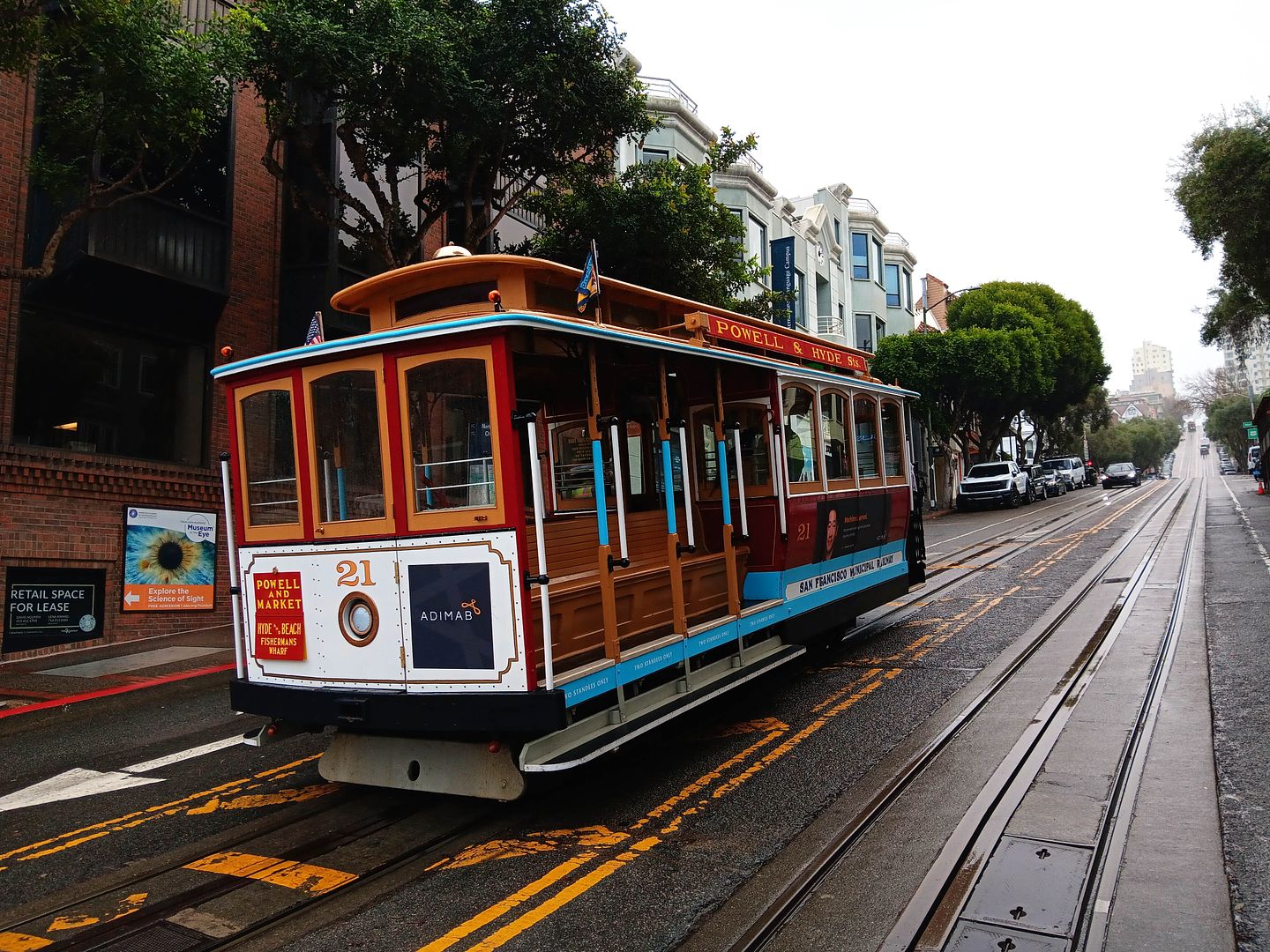
It seemed like a novelty to me at the time—something I'd only seen in Rice-A-Roni TV commercials as a kid.
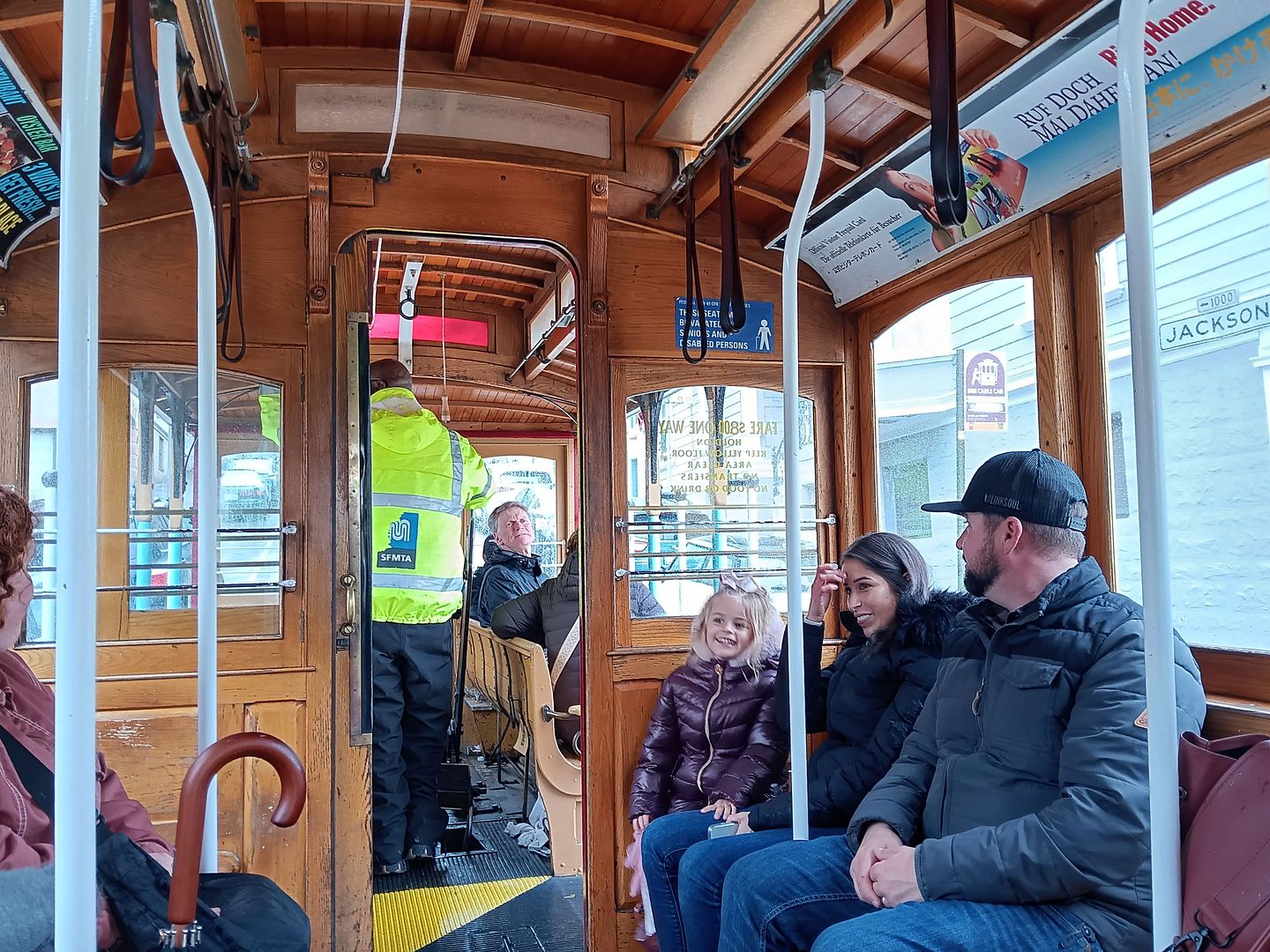
I was less into trains back then than I am now—so I wanted to re-experience this mode of public transport upon my return visit to SF earlier this year.
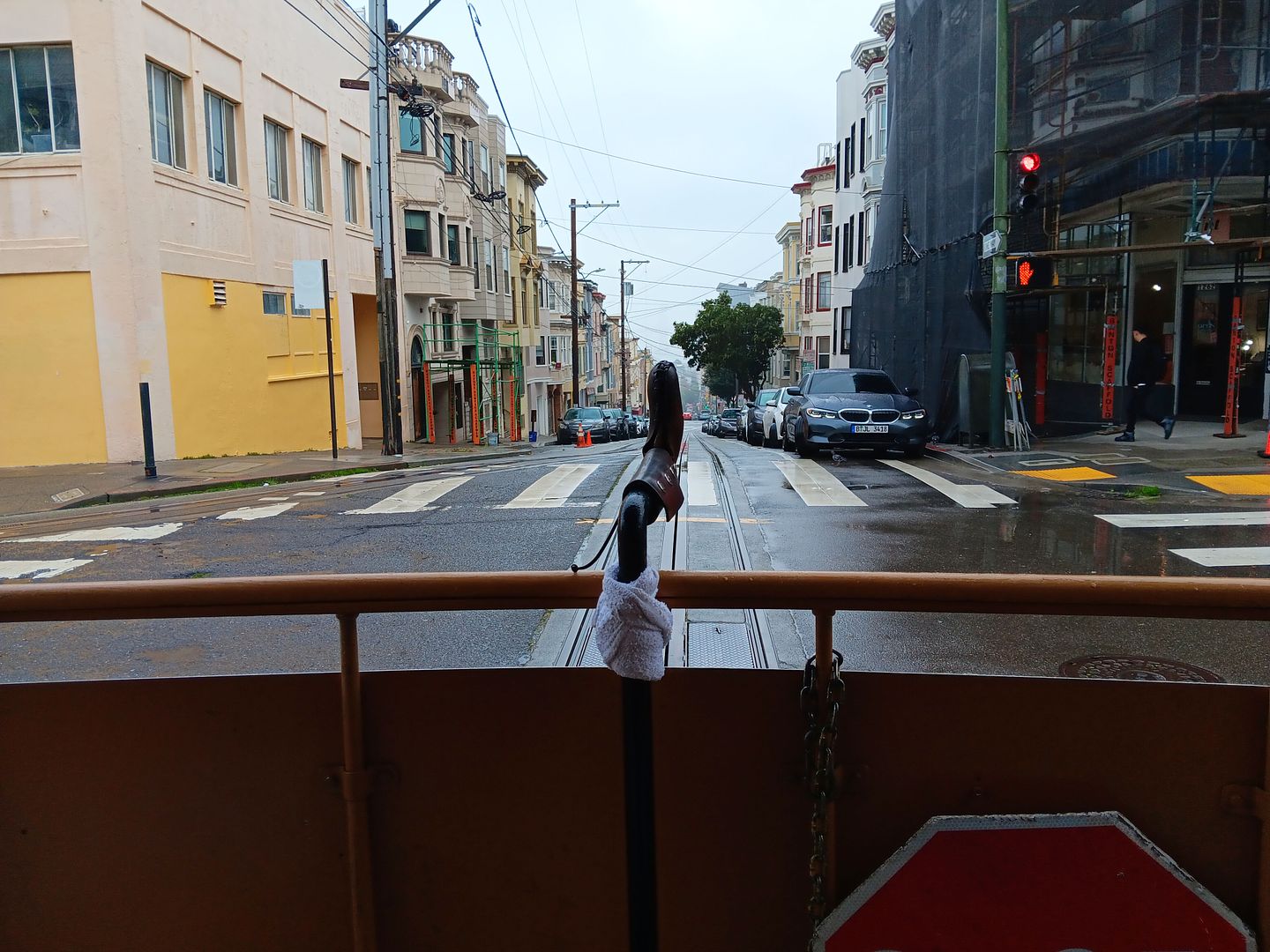
Trying to get around in the rain with a bum foot made the cable car a necessity this time around.
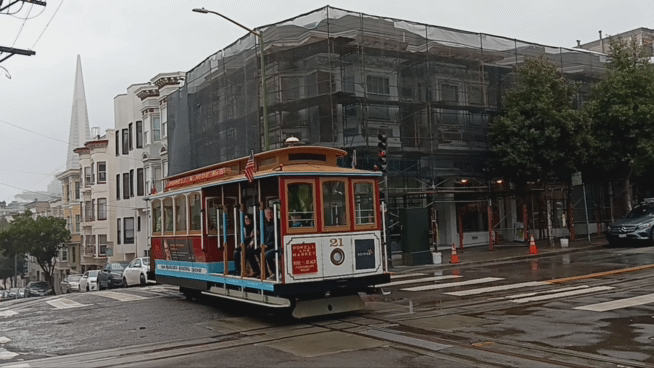
This time around, there was something else at the top of my list, too: the city's cable car museum, which I had no clue about until after I'd returned home to NYC from my SF trip, nearly 20 years ago.
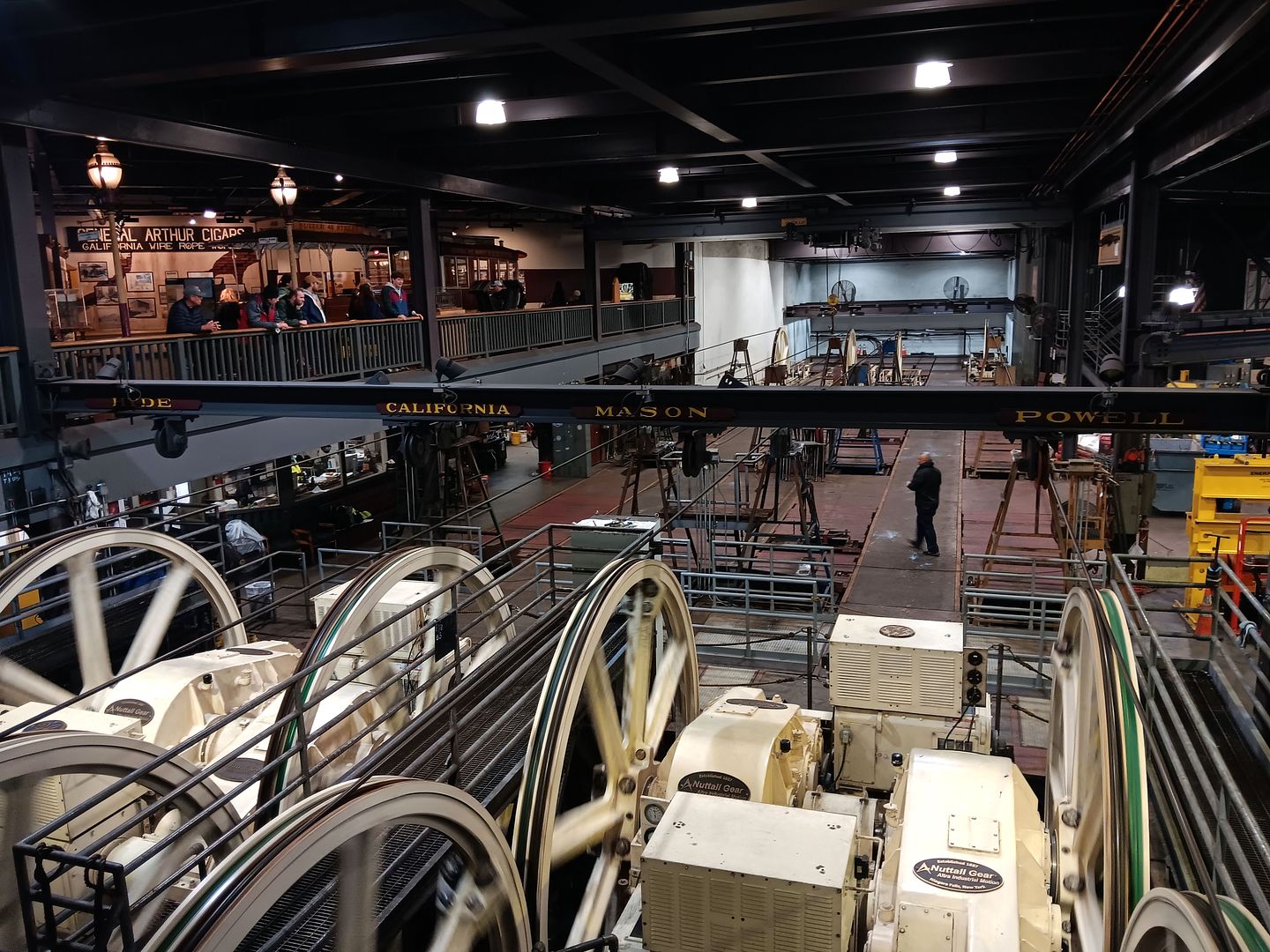
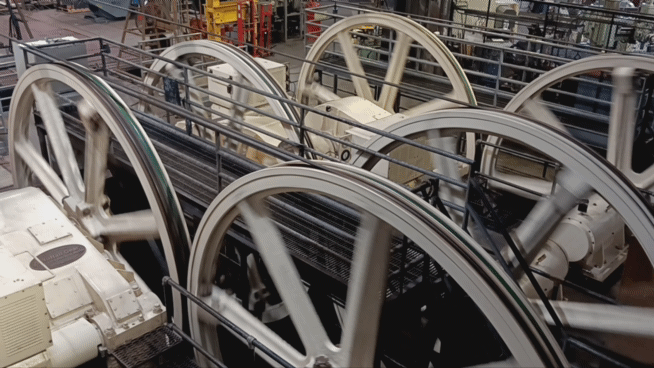
It's an active powerhouse for a live, working transportation system—located in the historical Washington and Mason Cable Car Barn, the only one left of its kind. It was originally built in1887 and then rebuilt after the 1906 San Francisco earthquake and fires and it's the last surviving example of its kind.
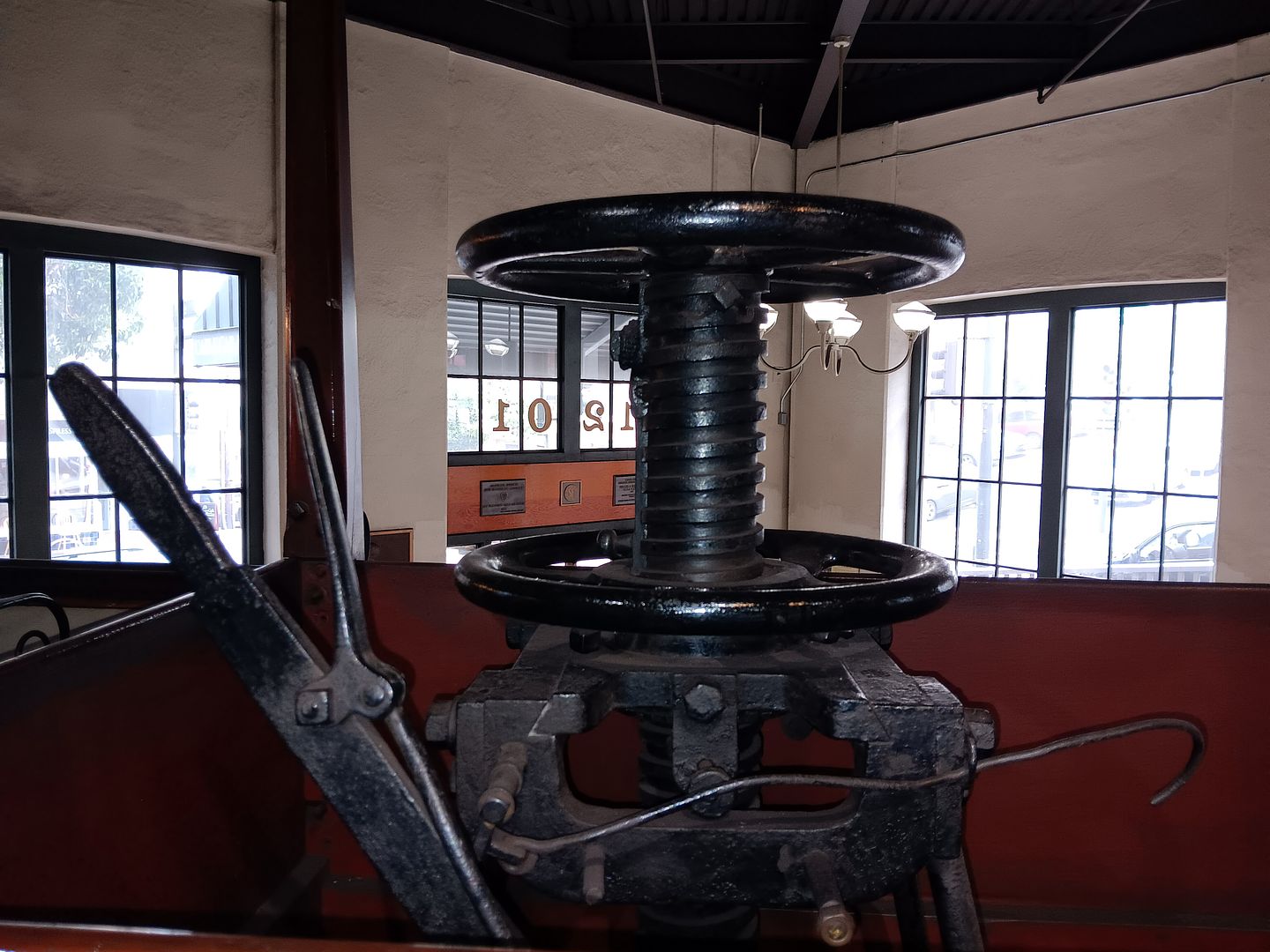
Among the historical displays downstairs is the oldest cable car in the world— car No. 8 from the first fleet of the Clay Street Hill Railroad (the first cable car company, which opened for service in 1873). In this model—and in the present day—the car operator yanks a grip to literally grab the cable that's running underground to make the car move.
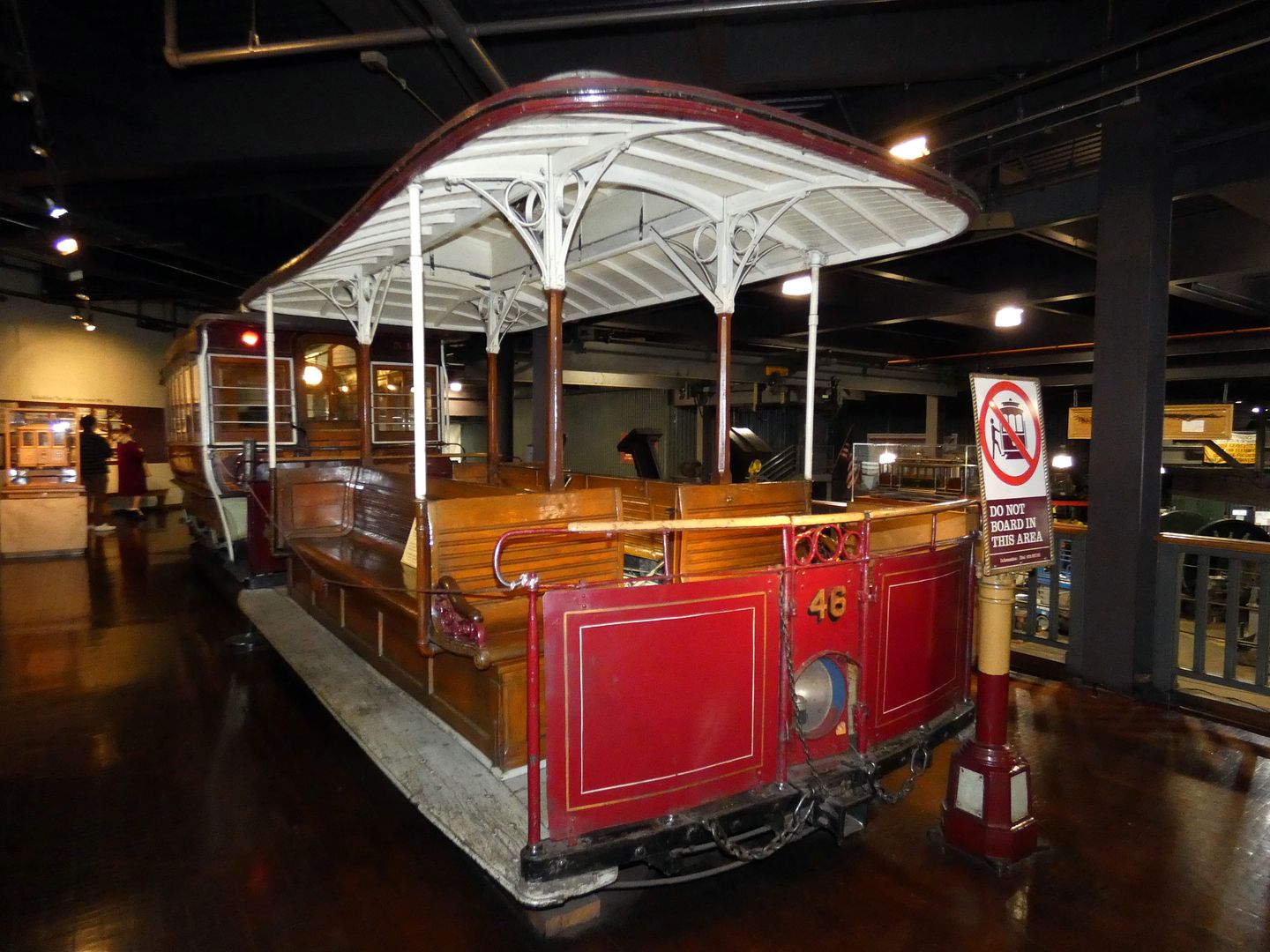
In the upstairs gallery, there's the vintage Sutter Street Railway Co. grip car No. 46...
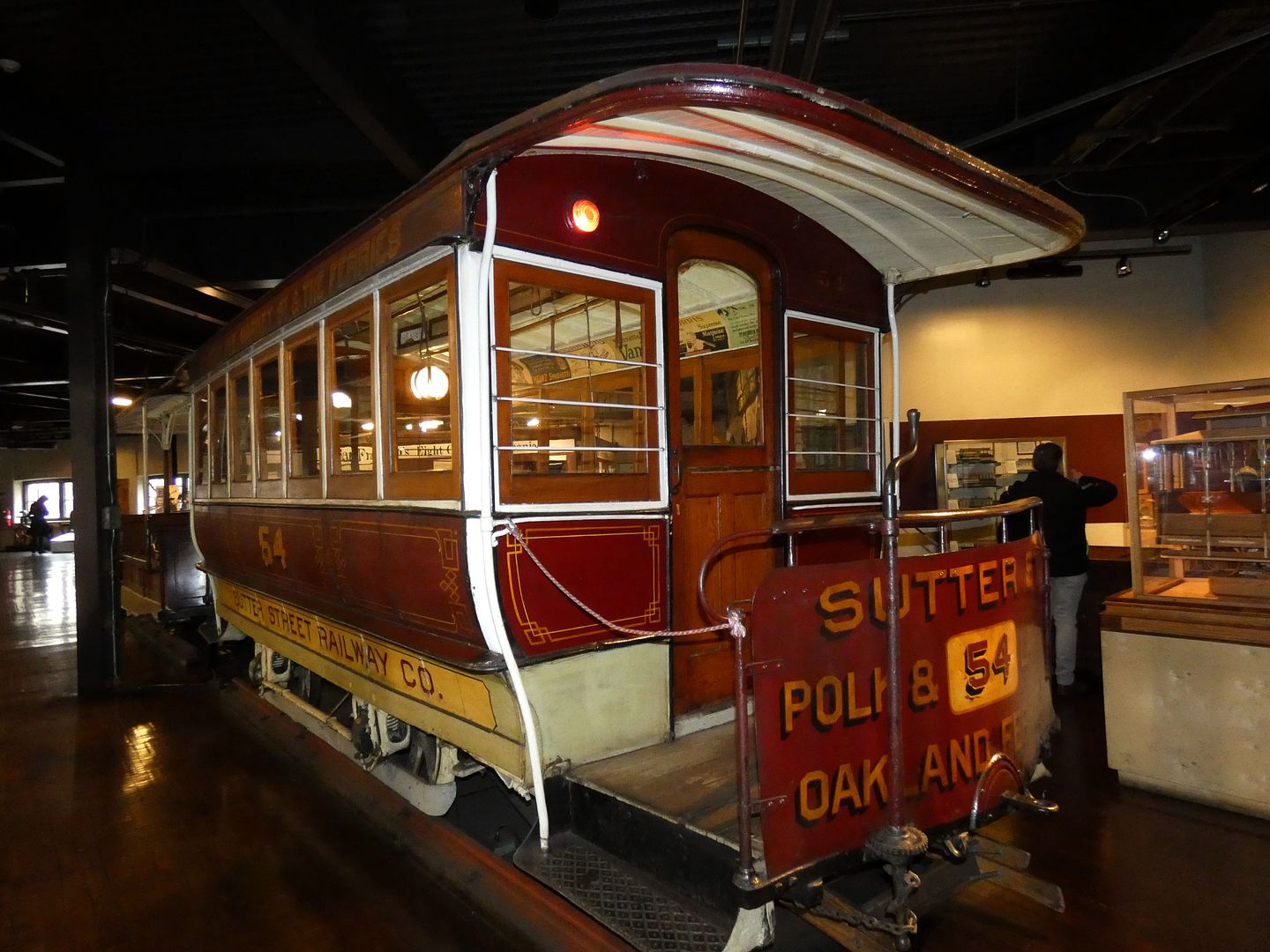
...which is hitched onto a Sutter Street Railway No. 54 trailer, both circa the 1870s.
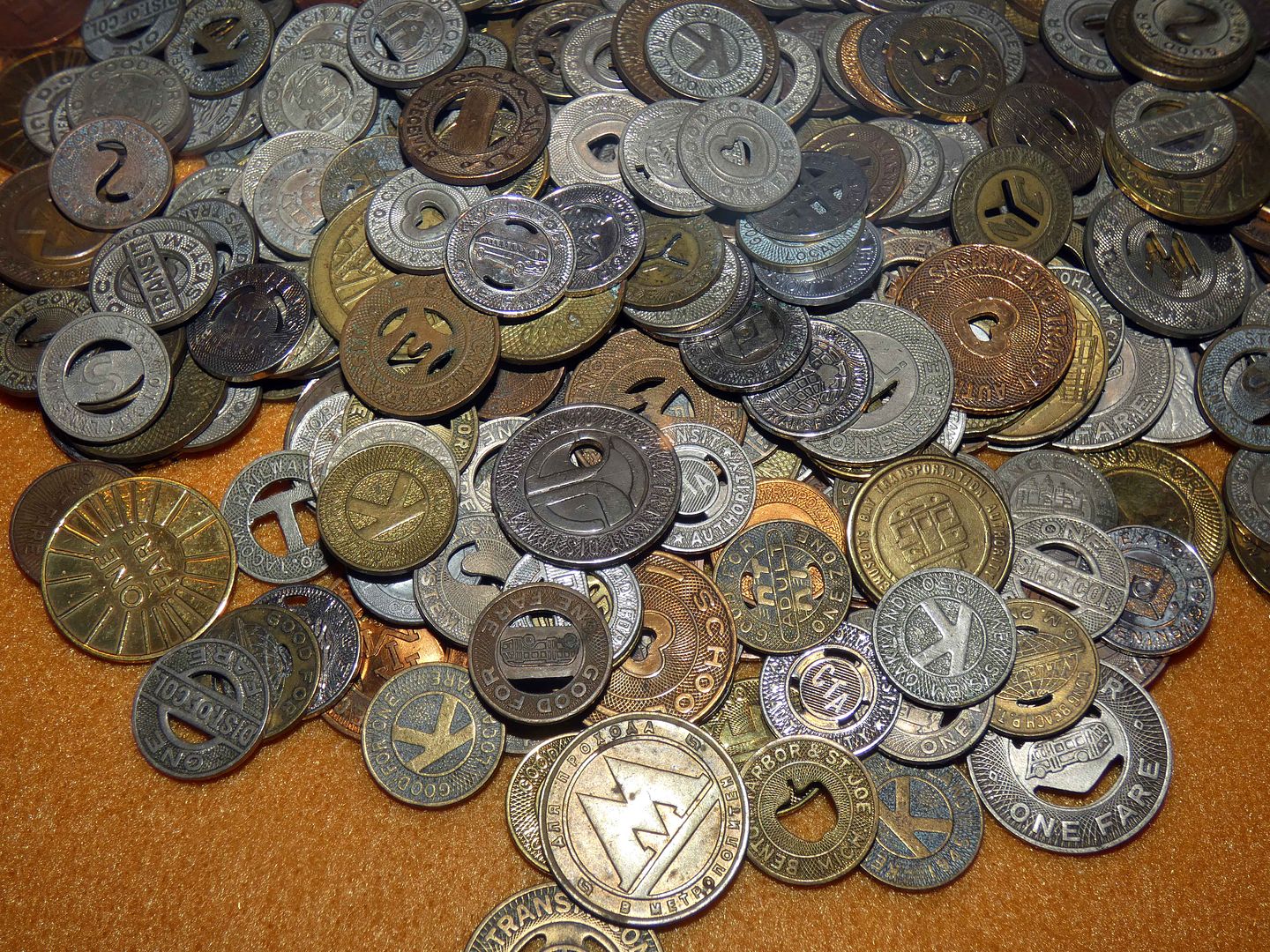
Riding the cable cars today, you can use your phone to pay via an app—but in 1965, the system began accepting tokens, which was an improvement over paying cash.
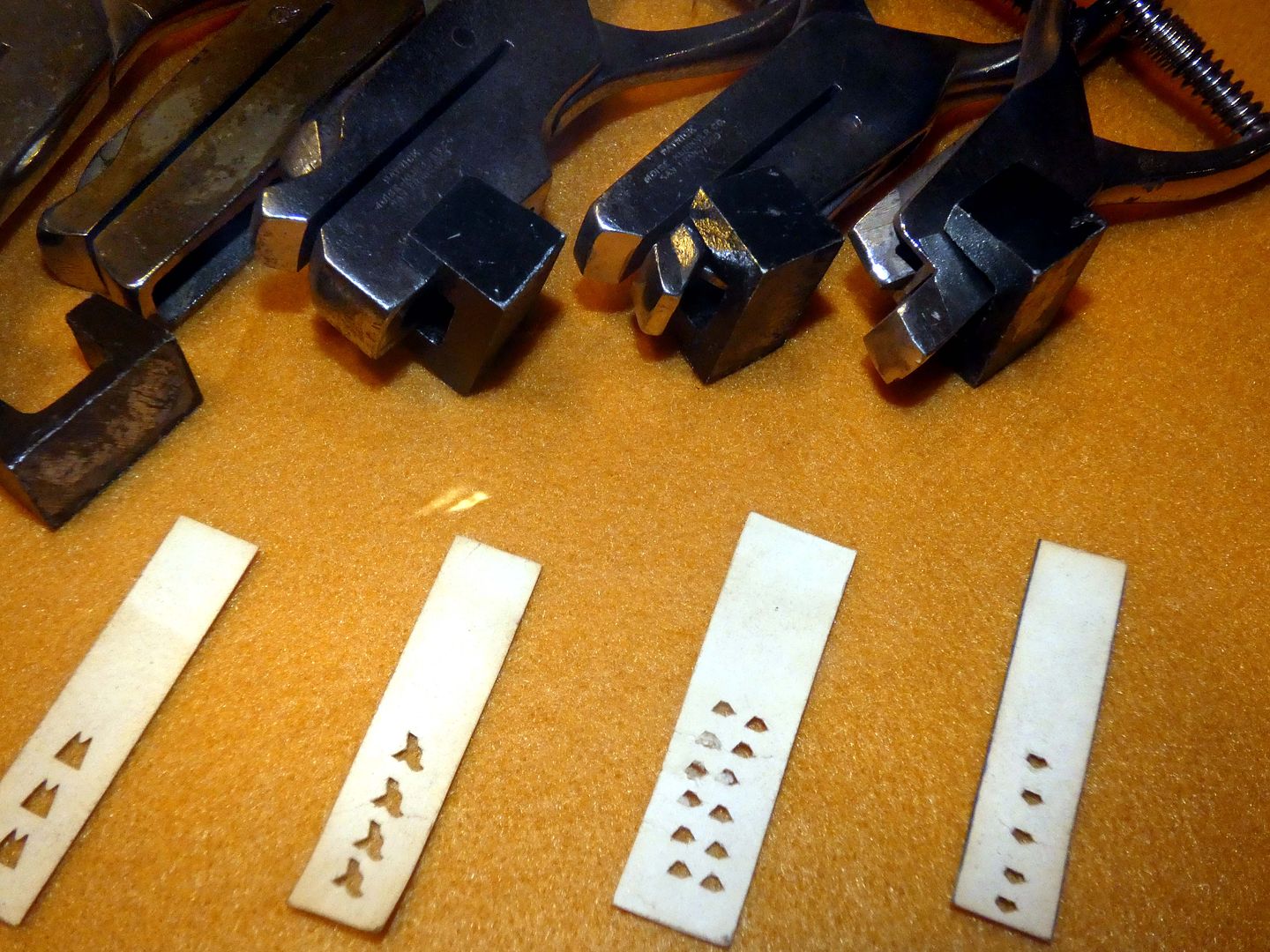
Before that, the conductor had to collect cash and coin fares, give exact change via a special dispenser (a "barrel changer"), and punch paper tickets (each with his own unique punch pattern so he knew if he was being scammed by a passenger trying to skip out on the fare).
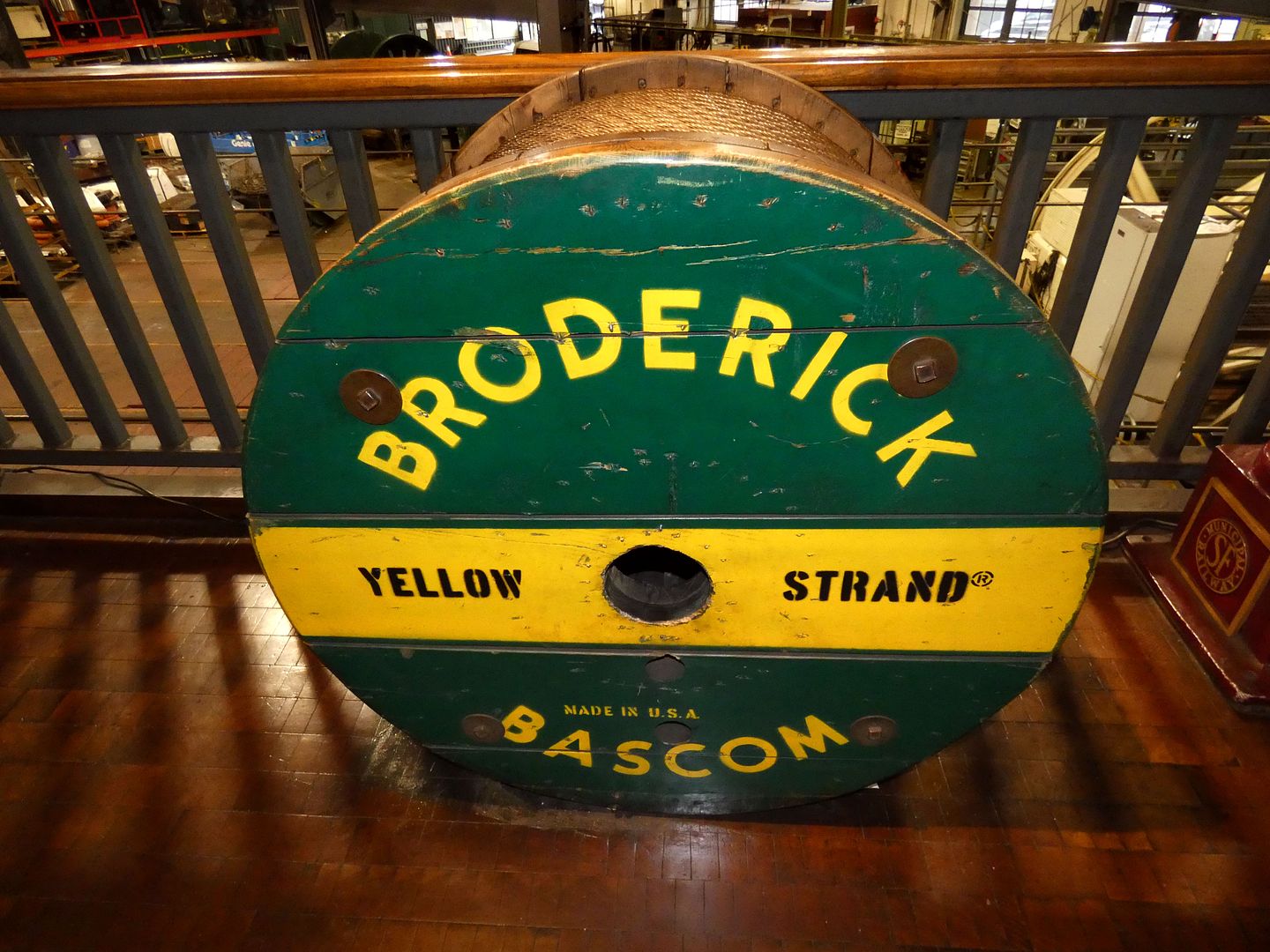


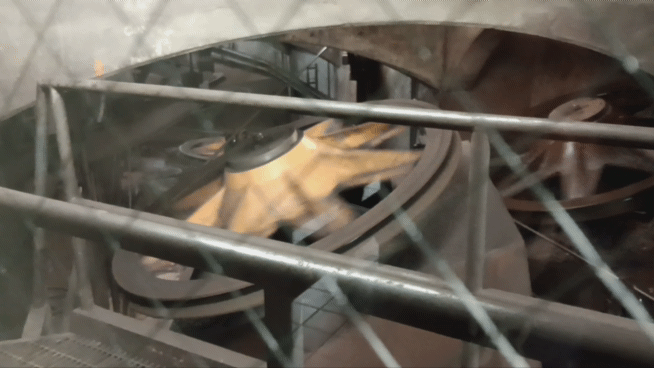

Also upstairs is a spool of Broderick & Bascom Rope Company's "Yellow Strand" wire rope (or cable), which is strong enough for bridge-building and to pull cable cars (although sections do wear out and need to be replaced)...

...and a wooden pattern to cast a metal gear to use as part of the winding machinery drive...

...which you can see below looking down from the observation deck above.

Part of that winding machinery are large wheels with pulleys—called "sheaves"—that change the direction of the underground cables, depending on if they're going in or out of the powerhouse (on the lowest level of the museum). All lines for all four of San Francisco's cable car routes (California, Powell, Hyde, and Mason) begin and end here and are controlled by a total of eight sheaves, powered by electric motors (although they were steam-powered from 1888 to 1911).
San Francisco’s manually operated cable car system is the last of its kind in the entire world—and it's only one of two National Historic Landmarks that move—the other being the St. Charles streetcar line of New Orleans.
What's the difference between a cable car and a streetcar (a.k.a. "trolley," or "lightrail")?
Cable cars are propelled mechanically by manually gripping onto cables that are wound in a loop with the help of electric-powered motors. Streetcars themselves are directly powered by electricity, thanks to a trolley pole that connects an overhead electrical wire with the top of the car—with the metal wheels and metal rails below closing the electrical circuit.
Both were part of the effort to get horses off the roads (and rails). But while cable car systems nearly went extinct (with the exception of San Francisco), some there are still streetcars that run today on modern transportation systems—like LA Metro's Gold Line, San Diego's MTS Trolley, Boston's MBTA Green Line, and more.
And then there are the heritage streetcar lines, like the aforementioned New Orleans St. Charles Streetcar Line (the oldest continually operating one in the world) and the Memphis Trolley.
I'll find out more about San Francisco's streetcars when I finally visit the Market Street Railway/San Francisco Railway Museum!

No comments:
Post a Comment